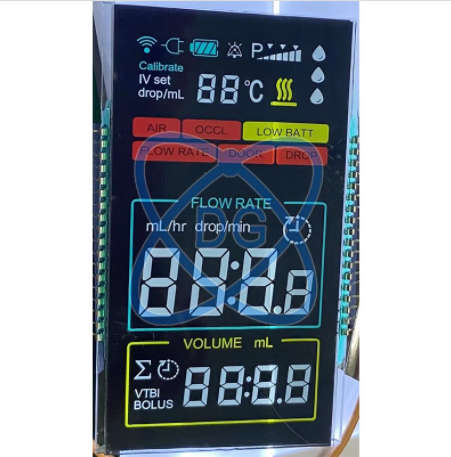What are the benefits of using medical LCD screens?
Medical LCD screens have revolutionized the way healthcare professionals visualize medical data and images. These advanced displays offer numerous advantages over traditional screens, making them a crucial component in modern healthcare settings. In this article, we will explore the key benefits of using medical LCD screens and how they contribute to enhanced patient care and diagnostic accuracy.
High Image Quality and Resolution:
One of the primary benefits of medical LCD screens is their exceptional image quality and high resolution. These displays provide clear, sharp, and detailed images, enabling healthcare professionals to accurately interpret medical data such as X-rays, CT scans, MRIs, and ultrasounds. The superior image quality ensures that even the smallest details are visible, leading to improved diagnosis and treatment decisions.
Accurate Color Reproduction:
Medical LCD screens are designed to reproduce colors accurately, which is crucial for various medical applications. Precise color representation is particularly important in fields like pathology, where color variations can indicate critical information about tissue samples. With reliable color reproduction, medical LCD screens facilitate accurate diagnoses, enhancing patient outcomes.
Consistent and Uniform Brightness:
Uniform brightness across the entire screen is a vital feature of medical LCD displays. Unlike consumer-grade monitors, medical LCD screens are designed to maintain consistent brightness levels, eliminating inconsistencies that may impact diagnostic accuracy. This uniformity ensures that healthcare professionals can trust the images they see, promoting confidence in their assessments and reducing the risk of misinterpretation.
DICOM Compliance:
Digital Imaging and Communications in Medicine (DICOM) is a standard for transmitting, storing, and displaying medical images. Medical LCD screens are DICOM compliant, meaning they adhere to specific guidelines and standards for medical imaging. This compliance ensures that medical professionals can accurately view images as intended, regardless of the system or software used, fostering interoperability and streamlined workflow.
Enhanced Ergonomics:
Medical LCD screens are designed with ergonomics in mind, considering the long hours healthcare professionals spend in front of displays. These screens often feature adjustable stands, allowing users to customize the height, tilt, and rotation to optimize comfort and reduce strain. Ergonomic design elements like anti-glare coatings and reduced blue light emission further contribute to a comfortable viewing experience.
Infection Control and Durability:
In healthcare environments, infection control is of utmost importance. Medical LCD screens are designed to meet stringent hygiene standards, with antimicrobial coatings that inhibit the growth of bacteria and viruses. They are also built to withstand frequent cleaning and disinfection without compromising their functionality or image quality, ensuring a safe and sterile environment.
Integration with Healthcare Systems:
Medical LCD screens seamlessly integrate with various healthcare systems, including picture archiving and communication systems (PACS) and electronic medical record (EMR) systems. This integration allows medical professionals to easily access and view patient data and images, promoting efficient workflows and facilitating collaborative decision-making.
Conclusion:
The benefits of using medical LCD screens in healthcare settings are evident. From superior image quality and accurate color reproduction to ergonomic design and seamless integration with healthcare systems, these displays play a critical role in improving diagnostic accuracy, patient care, and overall efficiency. As technology continues to advance, medical LCD screens will undoubtedly remain a cornerstone of modern healthcare, supporting healthcare professionals in delivering the highest standard of medical treatment.
333
0
0


Comments
All Comments (0)